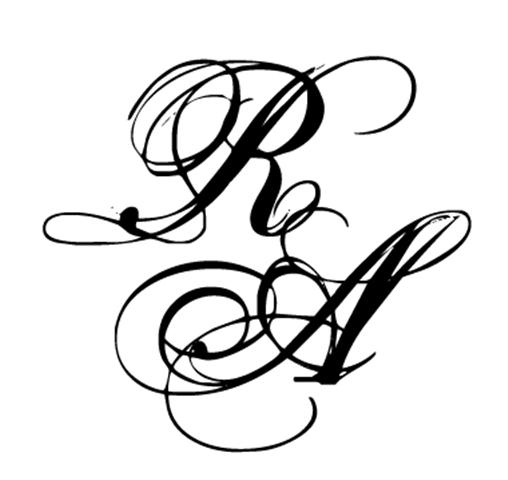An exceptional George III mahogany cellaret, attributed to Gillows of London and Lancaster POA
An exceptional George III mahogany cellaret, attributed to Gillows of London and Lancaster POA
An exceptional George III mahogany cellaret of oval form with a superb radially fluted hinged lid centred by a stylised fluted finial, edged by a reeded border with inset carved paterae to the top of the four projecting reeded columns, the whole supported on four tapered reeded legs upon brass castors. The body of the cabinet decorated with panels of flame mahogany with brass lion’s mask ringed handles to either end, the interior being lead lined and incorporating a single locking drawer and lid.
English, circa 1810
Size 33 inches (84cm) high; 18 inches (46cm) wide; 34 inches (86.5cm) deep
The cabinet-making firm of Gillows was founded by Robert Gillow (1704-1772) in 1730 in his home city of Lancaster. At that date the city’s entrepreneurs and businessmen were beginning to invest in dredging the River Lune and were building wharves and warehouses to develop Lancaster as a significant port. Robert Gillow took full advantage of the fine and exotic timbers coming across the Atlantic from the Americas for his fine furniture workshops and began to establish his company’s reputation - soon known for their use of only the best quality materials, their superb design and excellent craftsmanship.
When Thomas Pennant visited Lancaster in 1772 he observed that some ‘ingenious cabinet-makers’ worked in the town who made ‘excellent and neat goods at remarkably cheap rates for export to London and the plantations’. He added approvingly: ‘Mr. Gillow’s warehouse of these manufactures merits a visit’. In 1807 Thomas Clarke wrote that the firm’s ‘extensive ware-rooms, stored with every article of useful and ornamental mahogany furniture are… said to be the best stocked of any in this line, out of the metropolis’. Gillows were also overseas merchants. Their import /export trade included West Indian sugar, cotton, and spirits, as well as exotic hardwoods, and they enjoyed a worthwhile export trade in furniture to both the West Indies and the ports of northern Europe.
Richard Gillow (1733-1811) eldest son of Robert was the mainstay of the Gillow firm. and by far the most influential and far sighted member of the family. He was an early subscriber to Chippendale’s Gentleman and Cabinet-Maker’s Director and was the key figure in the design of his firm’s practical, handsome and elegant furniture. Once in partnership with his father, he ensured that all Gillows’ apprentices underwent thorough training and were equipped with the best cabinet makers’ tools. It was Richard who oversaw the establishment of the London shop in 1761, further extending the firm’s reach and clientele, and steered the firm through all manner of financial ups and downs at the same time. Importantly, he recognised that providing good service to his patrons was an essential for success, yet he was not afraid to remind even the most lordly of outstanding bills, nor to defend his workforce against unfair criticism.
Gillows produced a large amount of very well made and good-looking furniture during the 18th and 19th centuries. They were unusual among British 18th Century furniture makers in that some of their output was impressed with the firm’s name. The practice of impressing the stamp ‘GILLOWS LANCASTER’ on furniture began about 1788-89 (although it should be noted that it was used selectively) and continued into the 19th century. The bulk of the company records, going all the way back to 1731, are today fittingly conserved at the Victoria & Albert Museum. The City of Lancaster holds the most comprehensive collection of Gillows furniture, at The Judge’s Lodging Museum, beautifully displayed in Regency room settings. Gillows’ furniture is mentioned in the novels of Jane Austen, William Makepeace Thackeray and an opera by Gilbert and Sullivan.
Further reading: https://bifmo.history.ac.uk/entry/gillow-1730-1840
Contact us here about this item
🔶 On Consignment













